On the Existence of Free and Metal Complexed Sulfide in the Arabian Sea and its OMZ
Document Type
Article - Merrimack Access Only
Publication Title
Deep Sea Research Part II: Topical Studies in Oceanography
Publication Date
1997
Abstract/ Summary
Free hydrogen sulfide was not detected in the oxygen minimum zone (OMZ) of the Arabian Sea during legs D1 (September 1992) and D3 (October–November 1992) of the Netherlands Indian Ocean Programme (NIOP). However, sulfide complexed to metals was detected by cathodic stripping square wave voltammetry at 2 nM or less throughout the water column. A slight increase in sulfide was measured in the OMZ relative to the surface waters and may be related to sulfur release from organic matter during decomposition.
Sulfide complexes are of two general types at low concentrations of metal and sulfide. First, metals such as Mn, Fe, Co and Ni form complexes with bisulfide ion (HS−) that are kinetically labile to dissociation and are reactive. Second, metals such as Cu and Zn form multinuclear complexes with sulfide (S2−) that are kinetically inert to dissociation; thus, they are less reactive than free (bi)sulfide and the labile metal bisulfide complexes. Zinc and copper sulfide complexes are important in allowing hydrogen sulfide to persist in seawater which contains measurable oxygen.

